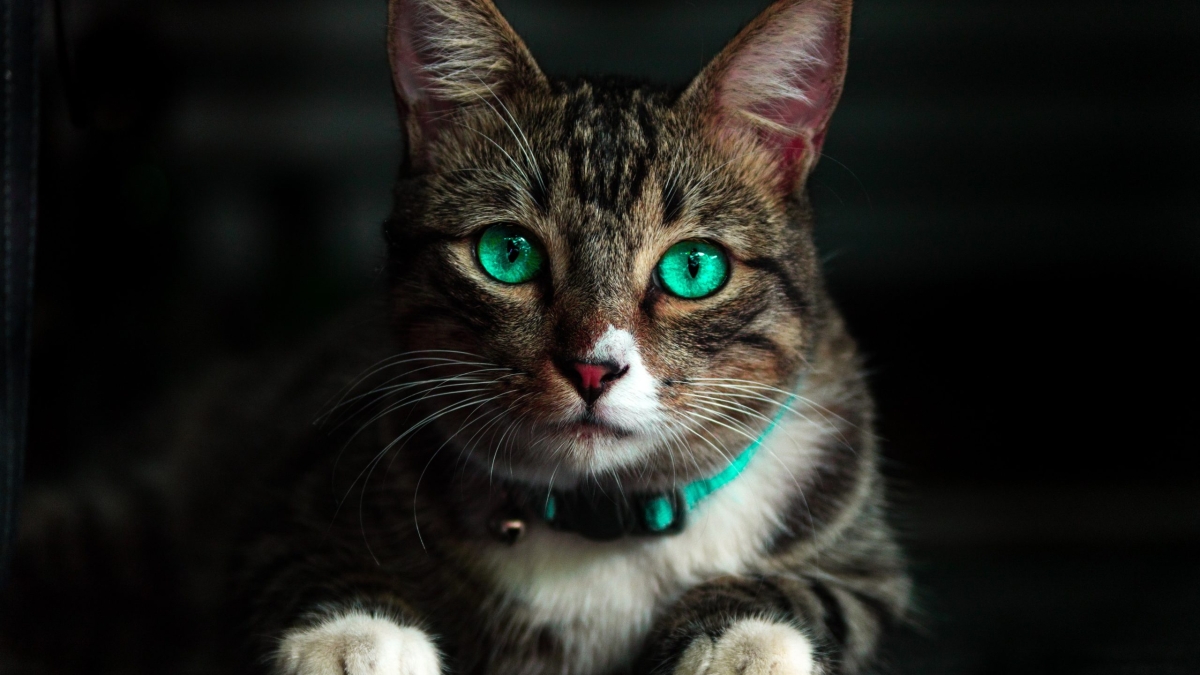Training your cat to use a scratching post is crucial to prevent them from damaging your furniture. Cats have a natural instinct to scratch, which helps them remove the dead outer layer of their claws and mark their territory. However, if they don’t have a designated scratching post, they may turn to your furniture, carpets, or curtains to satisfy their scratching needs. This can result in costly damage to your home and may even cause you to consider declawing your cat, which is a painful and unnecessary procedure. By providing your cat with a scratching post and training them to use it, you can protect your furniture and ensure your cat is happy and healthy. Moreover, scratching posts can provide your cat with a sense of comfort and security, which can reduce their stress and anxiety levels. In the following sections, we will discuss the best ways to choose and introduce a scratching post to your cat and train them to use it effectively.
Understanding Your Cat’s Scratching Behavior
Understanding your cat’s scratching behaviour is key to successful training. Cats scratch to stretch their muscles, mark their territory, and sharpen their claws. They also use scratching as a way to relieve stress and anxiety. When it comes to scratching surfaces, cats prefer materials that allow them to sink their claws in and leave visible marks, such as sisal rope, cardboard, or rough fabric. It’s important to provide your cat with multiple scratching surfaces in different locations to encourage them to scratch where you want them to. Place scratching posts in areas where your cat likes to spend time, such as near their food and water bowls or in front of a favourite sleeping spot. This will make it easy for your cat to find and use the scratching post and reduce the likelihood of them turning to your furniture or other surfaces. By understanding your cat’s scratching behaviour and providing them with appropriate scratching surfaces, you can prevent damage to your home and keep your cat happy and healthy.

Choosing the Right Scratching Post
Choosing the right scratching post is crucial for your cat’s comfort and safety. Consider the height of the post, which should be tall enough for your cat to stretch their entire body while scratching. The material should be durable and able to withstand your cat’s scratching, such as sisal rope or corrugated cardboard. Stability is also important to prevent the post from tipping over while your cat scratches. Different types of scratching posts have different benefits – vertical posts are great for stretching, horizontal posts are good for lounging and scratching, and angled posts provide a variety of scratching angles. It’s important to choose a post that matches your cat’s preferences and needs. Keep in mind that some cats prefer certain materials or shapes, so it may take some trial and error to find the perfect scratching post for your cat. By choosing the right scratching post, you can ensure that your cat is comfortable and motivated to use it for scratching instead of your furniture or other surfaces.
Choosing the Right Scratching Post
Choosing the right scratching post is crucial for your cat’s comfort and safety. Consider the height of the post, which should be tall enough for your cat to stretch their entire body while scratching. The material should be durable and able to withstand your cat’s scratching, such as sisal rope or corrugated cardboard. Stability is also important to prevent the post from tipping over while your cat scratches. Different types of scratching posts have different benefits – vertical posts are great for stretching, horizontal posts are good for lounging and scratching, and angled posts provide a variety of scratching angles. It’s important to choose a post that matches your cat’s preferences and needs. Keep in mind that some cats prefer certain materials or shapes, so it may take some trial and error to find the perfect scratching post for your cat. By choosing the right scratching post, you can ensure that your cat is comfortable and motivated to use it for scratching instead of your furniture or other surfaces.
Placing and Introducing the Scratching Post
Proper placement and introduction of the scratching post are crucial for success. Start by placing the post in an area where your cat spends a lot of time, such as near their bed or in a common room. Encourage your cat to use the post by rubbing it with catnip, playing with toys near it, and rewarding them with treats when they scratch it. If your cat continues to scratch furniture or other surfaces, try using double-sided tape or aluminium foil to discourage them and redirect their attention to the scratching post. Be patient and consistent with the training process – it may take some time for your cat to get used to the post and develop a habit of scratching it. Remember to always reward your cat for using the scratching post and never punish them for scratching elsewhere. With the right placement and introduction, your cat will happily use their scratching post in no time.
Positive Reinforcement and Training Techniques
Positive reinforcement and clicker training can be effective techniques for encouraging your cat to use the scratching post. When your cat uses the post, use a clicker or say a verbal cue such as “good job” and immediately reward them with a treat or praise. Over time, your cat will associate scratching the post with positive rewards and be more likely to continue using it. You can also use catnip or treats to attract your cat to the scratching post and encourage them to start scratching. It’s important to be patient and consistent with training and to always use positive reinforcement instead of punishment. With the right training techniques, your cat will happily use their scratching post and avoid scratching your furniture or other surfaces.
Redirecting Unwanted Scratching Behavior
If your cat continues to scratch furniture or other surfaces despite your efforts to train them, it’s important to redirect their behaviour to the scratching post. One technique is to place the scratching post near the furniture they are scratching on and gradually move it further away over time. You can also make the furniture unappealing to your cat by using double-sided tape or deterrent sprays that have a scent or taste they dislike. Be sure to provide plenty of positive reinforcement when your cat uses the scratching post instead of the furniture. With patience and consistency, your cat will learn to prefer the scratching post and avoid damaging your furniture.
Consistency and Patience
Consistency and patience are key when training your cat to use a scratching post. It’s important to establish a routine and stick to it, consistently rewarding your cat for using the post and redirecting unwanted behaviour. Be patient and don’t expect immediate results, as it may take several weeks or months for your cat to fully adjust to the new behaviour. To stay motivated and consistent, break the training process into small, achievable goals and reward yourself for each success. Remember that every cat is unique, and what works for one cat may not work for another. With time and dedication, your cat will learn to use the scratching post and you can enjoy a scratch-free home.
Final Thoughts
In conclusion, training your cat to use a scratching post is essential for protecting your furniture and providing your cat with an outlet for its natural behaviour. To do so, understand your cat’s scratching behaviour, choose the right scratching post, introduce it gradually, and use positive reinforcement techniques. Consistency and patience are key to success, so stay motivated and celebrate each small achievement. With time and effort, you can successfully train your cat to use a scratching post and enjoy a happy, scratch-free home. Don’t hesitate to start today!
